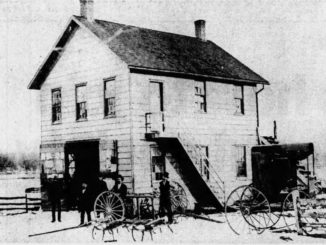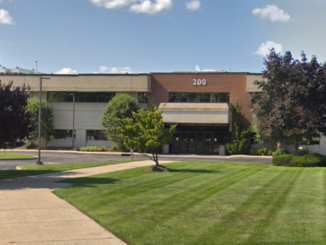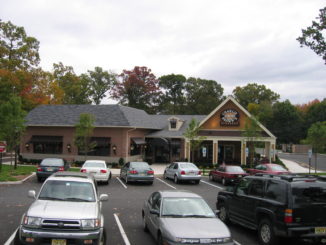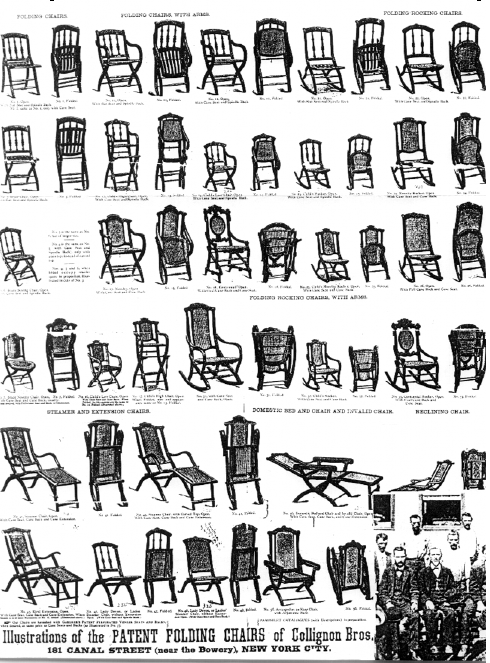
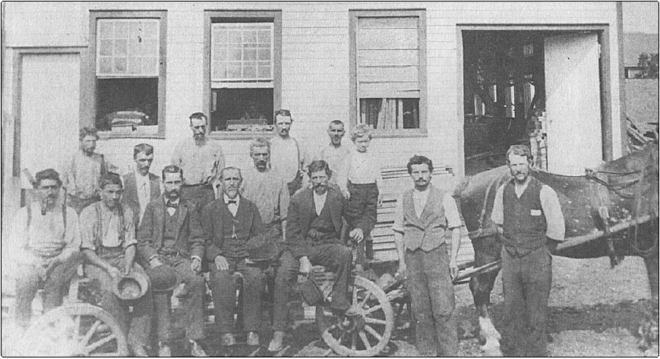
OLD TAPPAN—On April 16, 1857, Nicholas Collignon bought property on Westwood Avenue in Old Tappan that had previously been known as Stone Point Mill, a grist mill. On this land, Nicholas and his brother Claudius established the largest chair manufacturing mill in New Jersey, the Collignon Chair Factory.
Nicholas and another Collignon brother, Adam (who later established his own chair factory in River Vale), designed and patented a variety of folding wooden chairs, including the first folding rocking chair in the country. Many of the chairs they produced were for ocean liners, the British Cunard Steamship Line being one of their main accounts.
Business was booming and the firm was able to expand. Mill buildings were made larger and additional properties with an abundance of black walnut, maple and birch trees, which were used to make the chairs, were acquired.
At its peak, about 100 men were employed in different departments of the business. There were female employees, too, who worked from home weaving the chair seats and backs. In 1873 the firm opened an office and shipping warehouse on Canal Street in New York City. The chairs were taken by wagon to Closter for shipment by the Northern Railway to New York.
When Nicholas Collignon died in 1879, his half of the business was sold to Claudius. Shortly thereafter, however, the market changed due to an altered English law requiring that any furnishings used on British ships had to be manufactured in England. This resulted in a loss of business from a number of steamship lines.
Claudius died in 1891 and left his entire estate to his widow, Sarah Cleveland Collignon, who then sold the business to their son, Peter. Business continued to diminish, however, and in 1895 the firm was forced into foreclosure. An agent of the Hackensack Water Company, which was at the time acquiring land along the river for watershed purposes, bought the property and leased it to Thomas Jefferson Post, who had been an employee of the Collignon firm.
Post continued to manufacture steamer chairs from the factory until 1904 when the main buildings, materials and machinery were destroyed in a fire.

